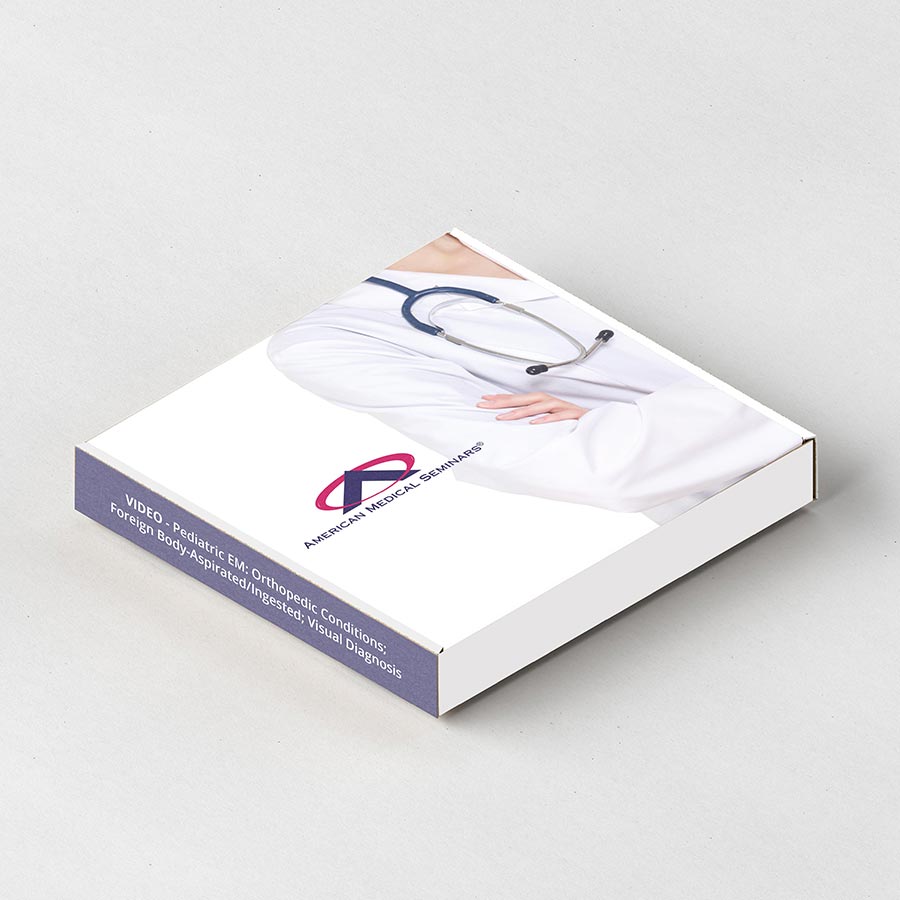Product Description
Expiration Date: July 1, 2019
Title: Pediatric Emergency Medicine: Orthopedic Conditions Above the Hip; Foreign Body-Aspirated or Ingested; Visual Diagnosis
Faculty: Robert A. Belfer, M.D. and Mark D. Joffe, M.D.
Original Release Date: July 1, 2016 Review Date: July 1, 2017 Expiration Date: July 1, 2019
TOPIC 1: Orthopedic Conditions Above the Hip.
Upon completion of this session, using national Evidence Based Medicine sources including Cochrane Collaboration and published guidelines from sources including the American Academy of Pediatrics, the participant should be able to: EBM, GL, COMP
- Interpret radiographs that demonstrate Salter-Harris fractures in the pediatric patient.
- Initially manage fractures of the upper extremity and recognize when to refer to an Orthopedic Surgeon.
- Develop management plans for fractures; assess the need for urgent orthopedic consultation.
TOPIC 2: Dilemma of the Foreign Body – Aspirated or Ingested.
Upon completion of this session, using evidence-based medicine, the participant should be able to: EBM, COMP
- Distinguish the epidemiology and clinical presentation of aspirated versus ingested foreign bodies.
- Analyze the rationale for radiographic evaluation of children with a history of foreign body ingestion.
- Review the diagnostic approach and radiographic interpretation of children with aspirated foreign bodies
TOPIC 3: Visual Diagnosis: You Make the Call.
Upon completion of this session, using national Evidence Based Medicine sources including Cochrane Collaboration and published guidelines from sources including the American Academy of Pediatrics, the participant should be able to: EBM, GL, COMP
- “Make the correct call” on slides representing interesting physical examination findings of pediatric patients.
- Evaluate the visual presentation of over 25 different conditions to determine the DDx, lab, imaging and/or their respective treatments or referral as indicated. Some conditions to be covered include:
- Testicular Torsion
- Herpes Zoster
- Periorbital Cellulitis
- Mastoiditis
- Erythema Multiforme (Minor)
- Pre-Auricular Adenitis
- Lap-Belt Complex
- Hematuria
- The receipt for any incentive-associated purchase will designate the value of the gift card separately from the cost of the learning activity.
- This incentive may have implications on your tax reporting obligations. Any reimbursed amount must be declared as personal income for tax purposes.


